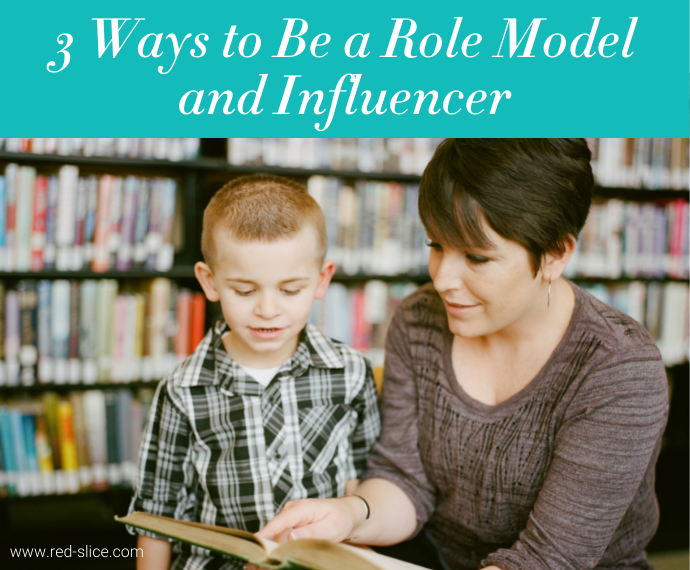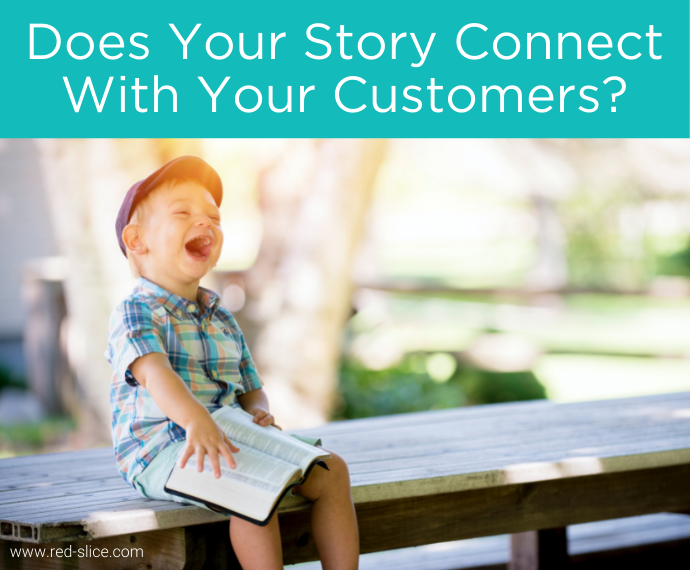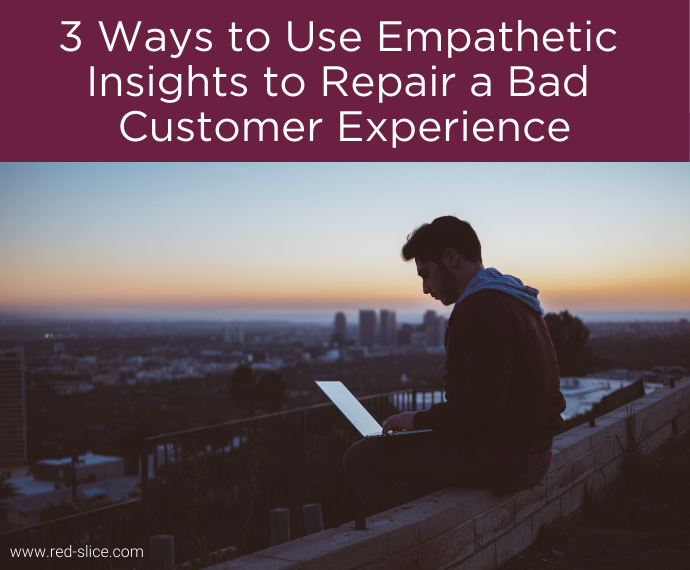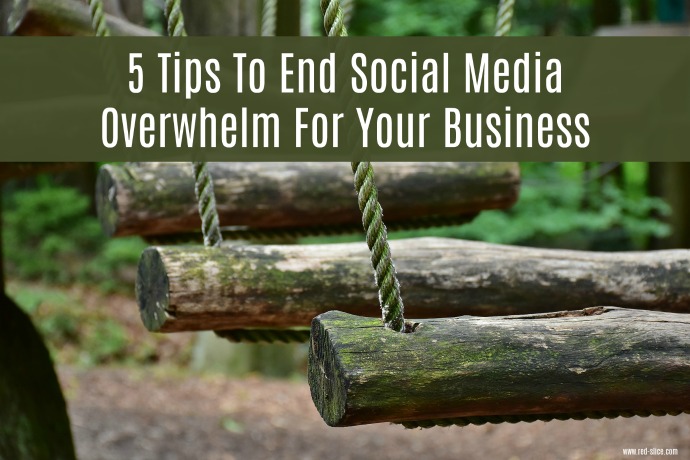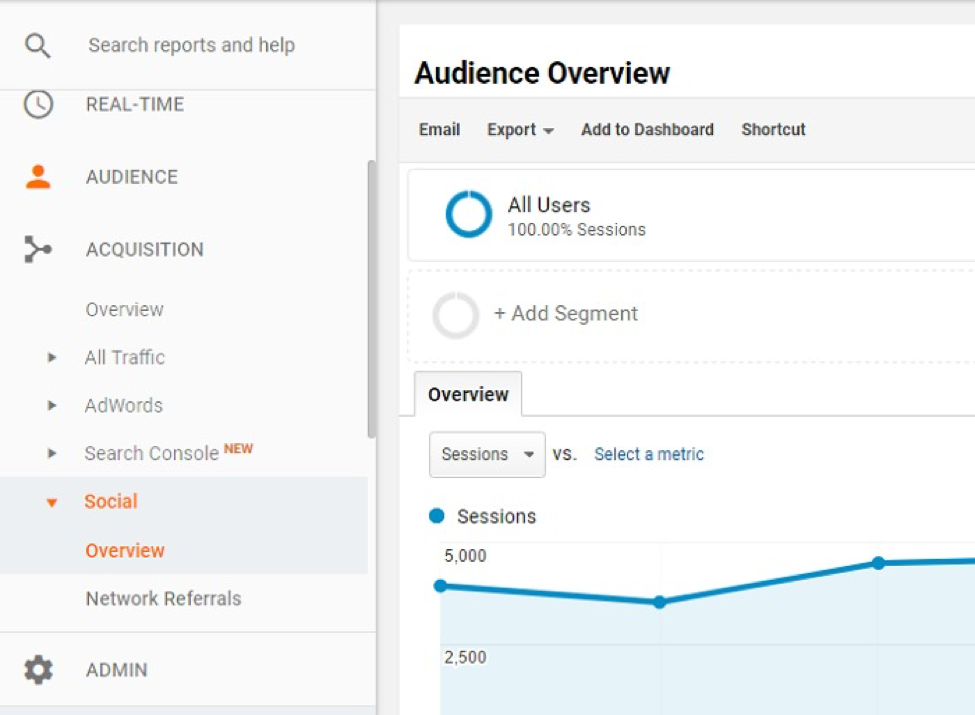
Is this true of you as an entrepreneur, coach, consultant, marketer, or business owner?
“We do amazing work and offer tremendous value.. I just wish more people better understood what we can do for them and how much we have to offer. It’s so hard to get people to pay attention, and I hate sales!”
Yep. Been there. We all have.
The solution is not to spend more money on marketing. It’s not to buy more ads or discount more deeply.
The answer is to critically look at your brand story and message and ask yourself, “Is my brand, story, and message infused with empathy?” (TWEET THIS!)
People respond when we feel we are seen, heard, and valued. Think about the last purchase you made where you really felt good about yourself. You felt like the sales email was written just for you! You felt like you had finally found your people. You felt like this purchase really said something about you and the way you want to work and live.
That’s what empathy in your brand can do! To connect with the right clients and customers (and I mean, right-fit, not inquiries, clicks, and follows from loads of people who will never buy from you or those who won’t get the value they need), we need to infuse more empathy into our brand.
What does that mean? Here are 3 tips for making your brand more empathetic and attracting the attracting the right clients and customers:
- See things from the client or customer point of view: Empathy requires you stash your ego for a while, and clearly see what your clients get from what you do. It’s not about talking only about what you offer, sell, or provide – but how does the client benefit? What do they actually get, achieve, or feel? This also means tactically go through your own sales process, audit customer support, have someone read through your website and test links. Make sure the experience is delightful, not disappointing!
- Speak your client’s or customer’s language: I can talk until I’m blue in the face about “brand strategy” but when clients don’t know what that means, I have to adjust my narrative. Yes, brand and marketing are two different things, but sometimes, I have to speak their language to help them understand the value.. It’s the difference between saying what you think they need to hear, and actually being the voice in their heads so they say, “I need that now!”
- Start with love: OK, this might be a bit hippy dippy for some, but hear me out. When you start from a place of genuine concern, service, and care, the money will follow. This is true whether you are a solopreneur or a marketer at a large organization. One past corporate client really despised his target customers, describing them in derogatory (and untrue) stereotypes, and it was clear he didn’t understand their needs at all. That shows up in your messaging – and your reputation. You can be strong and firm and still be compassionate. Be of service, care about their success, show compassion if they are dealing with bad stuff in their lives – and adapt your policies and communications to be more human.


